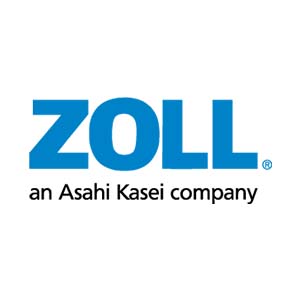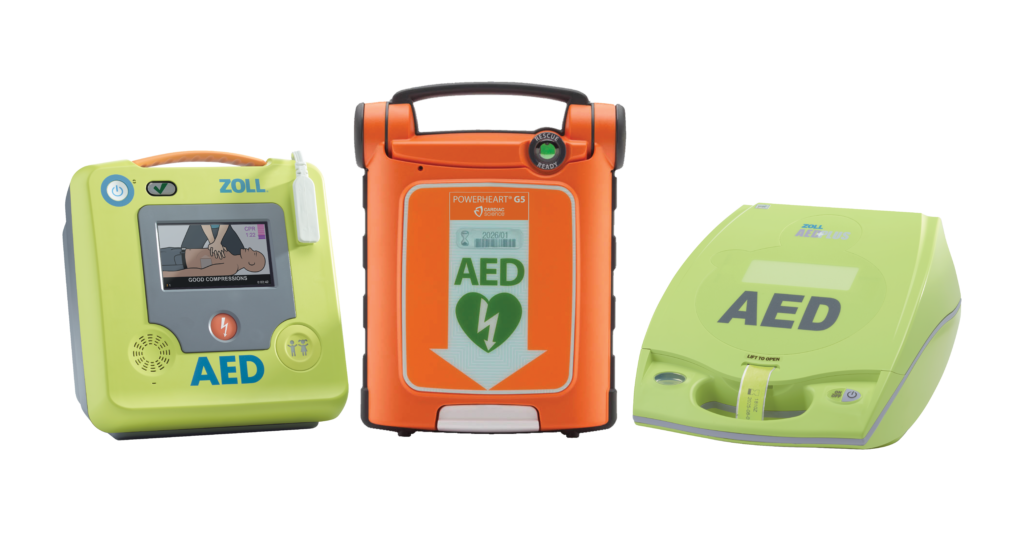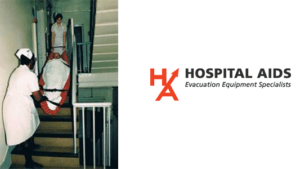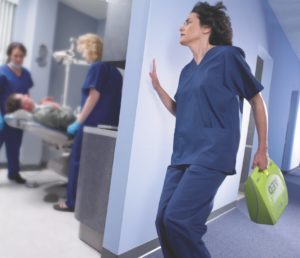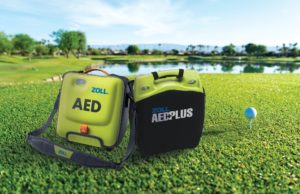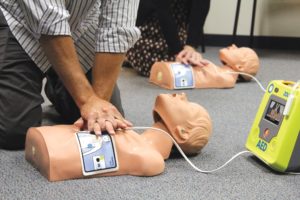What Is Sudden Cardiac Arrest (SCA)?
Sudden cardiac arrest (SCA) is an electrical disturbance in the heart that prevents it from beating properly. During SCA, the ventricles flutter in a phenomenon known as ventricular fibrillation, making them unable to deliver blood to the body. The heart responds by quivering, rather than beating in a normal fashion. Blood flow to the brain is reduced to the point that the person loses consciousness and collapses. Unless emergency treatment is provided quickly, the victim’s chance of survival is low.
What Are the Symptoms of SCA?
Symptoms of SCA may include irregular heartbeat, shortness of breath, loss of consciousness, sudden collapse, or no pulse. Many of those who have suffered a cardiac arrest also report feelings of chest discomfort, faintness, and palpitations.
What Causes Sudden Cardiac Arrest?
There are no warning signs associated with SCA. It often affects those who have experienced previous episodes of SCA, heart attacks, or heart failure; but it can also strike someone with no history of heart problems.
According to the Heart Rhythm Society, sudden cardiac arrest is a leading cause of death in the United States, accounting for an estimated 350,000 deaths each year.
How to Treat Sudden Cardiac Arrest:
- High-quality CPR — to keep the blood flowing through the body
- Defibrillation — to restore a normal rhythm to the heart
SCA treatment involves restoring the heart to its normal beating pattern. It’s important to remember the Chain of Survival. Early access to EMS, immediately performing CPR, and rapid defibrillation are key to improving survival rates.
Every Minute Counts
Medical attention must be administered as soon as possible after the victim collapses; the chances for survival decrease 10% with every minute without intervention.1 Many SCAs occur outside of the hospital, which is why public access AEDs have the potential to help save the lives of countless loved ones struck by cardiac arrest.

